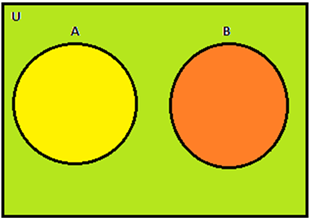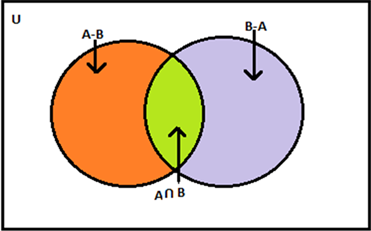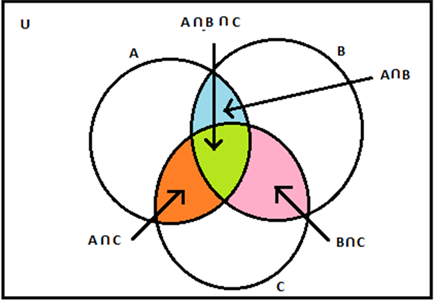Union and intersection are some of the most common operations performed with sets. In mathematics, operations like addition, multiplication, subtraction etc are commonly performed. These operations tend to take one or more operand and give away the results based on the performed operation. Similarly, in the set theory, several operations are performed for two or more sets to obtain a new set of elements depending on the operation performed.
A thorough study
Let us consider any universal set U in a way that A and B are its subsets. The union of two sets, A and B would be defined as the set of all those elements that are a part of set and set B or the elements are present in set A and set B altogether. The union of a set is known to be denoted by the symbol ‘U’.
Properties of various sets, union and intersection of sets
Union of disjoint sets:
Consider that A and B are two finite sets. If A ∩ B = ∅,
n(A ∪ B) = n(A) + n(B)
In other words, if A and B are any finite sets that are also disjoint, the cardinal number of Union of the sets A and B would be equal to the sum of the cardinal numbers of the set A and set B individually.

The above diagram explains union of disjoint sets A and B. This diagram is given by A ∪ B. It could be noted that A ∩ B = ∅ since there is no common element among both sets.
Union of two sets
Considering A and B as two finite sets,
n(A ∪ B) = n(A) + n(B) – n(A ∩ B)
Simply explained, the number of elements in sets A and B would be equal to the sum of cardinal numbers of these sets deducting the cardinal number of their intersection.

In the diagram above, the region shaded differently depict the various disjoint sets i.e. B – A, A – B and A ∩ B. these are the three disjoint sets and the sum of them presents A ∩ B. Therefore,
n(A ∪ B) = n (A – B) + n(B – A) + n(A ∩ B)
Union of three sets
Consider A, B and C as three finite numbers. Then,
n(A ∪ B ∪ C) = n(A) + n(B) + n(C) – n(A ∩ B) – n(B ∩ C) – n(A ∩ C) + n(A ∩ B ∩ C)

From the above diagram, it could be clearly noted that a union of three sets would be the sum of the cardinal numbers of Sets A, B and C; Also, the common elements among the three sets excluding common elements of sets that have been considered in pairs of two.